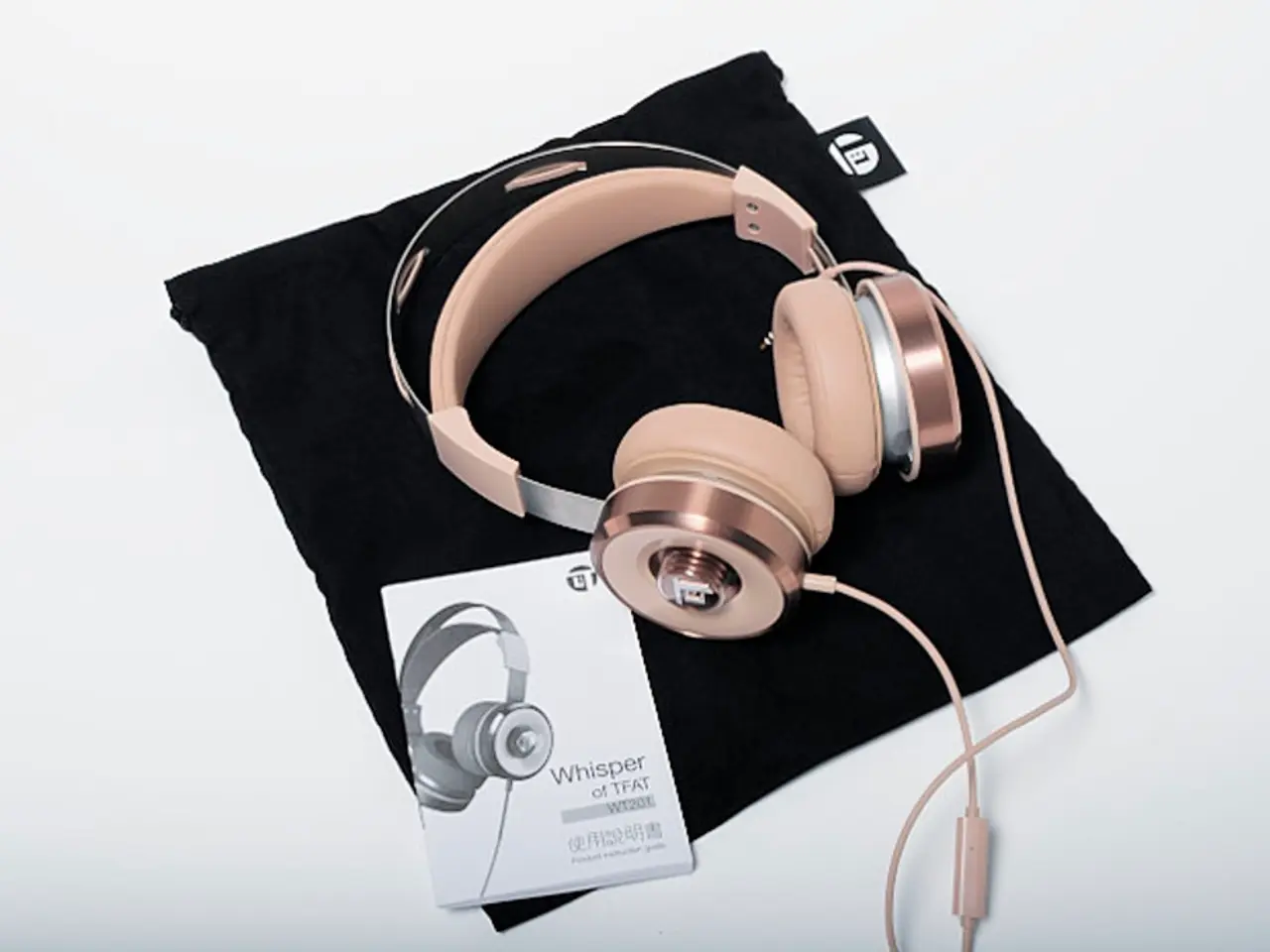Using Headphones for iPhone Calls: A Comprehensive Guide
Using headphones for calls on your iPhone can offer numerous benefits, such as improved sound quality, privacy, hands-free convenience, and enhanced comfort during long conversations. This guide will walk you through the process of using various types of headphones for calls on your iPhone.
Apple devices are designed to work seamlessly with a wide range of headphones, including third-party manufacturers, as long as they have the necessary features. Whether you prefer over-ear headphones like the Sony WH-1000XM4 or Bose Noise Cancelling Headphones 700, standard wired headphones with a built-in microphone, or in-ear earbuds like Apple AirPods and AirPods Pro, your iPhone is likely to support them.
For Bluetooth headphones, pair them with your iPhone first, and answer calls by pressing the multifunction button on the headphones when the call comes in. However, it's important to note that most Bluetooth headphones cannot be used for calls while charging.
Over-ear headphones come with integrated microphones and touch controls that allow for smooth call handling. In-ear earbuds like Apple AirPods and AirPods Pro are popular choices for iPhone users, as they support Siri, have an intuitive touch control interface, and deliver high-quality sound along with a reliable microphone for calls.
Standard wired headphones with a built-in microphone can be used to answer calls, and an inline remote allows for answering calls. To use them, connect them to your iPhone using the lightning port or an audio jack, depending on the iPhone model. Answer calls by pressing the button located on the headphone cord.
Common problems with using headphones for calls include poor connection or no sound, and malfunctioning buttons. Solutions include checking the connection, testing with another device, resetting headphones, and cleaning the headphone jack. If your headphones do not have a microphone, you won't be able to use them for phone calls.
When shopping for headphones for your iPhone, consider sound quality, microphone performance, comfort and fit, and price range. Apple’s own EarPods with a Lightning connector and AirPods (including AirPods Pro 3) work seamlessly with iPhones for answering phone calls, and so do most Bluetooth headphones (like Logitech Zone True Wireless) that are compatible with standard telephony apps on iOS.
It's worth noting that most modern iPhone models support headphone calling features, but older iPhones may have limitations in compatibility with some headphone models. There are no specific settings on the iPhone for using headphones during calls, but ensuring the headphone is connected correctly is essential.
If your headphones aren't functioning during calls, check the connection, ensure they are charged, and try using another set of headphones. If your Bluetooth headphones are cutting out unexpectedly during calls, ensure they have enough battery life.
In conclusion, using headphones for calls on your iPhone can greatly enhance your calling experience. By following this guide, you can ensure that your headphones are set up correctly and functioning optimally for your calls.





